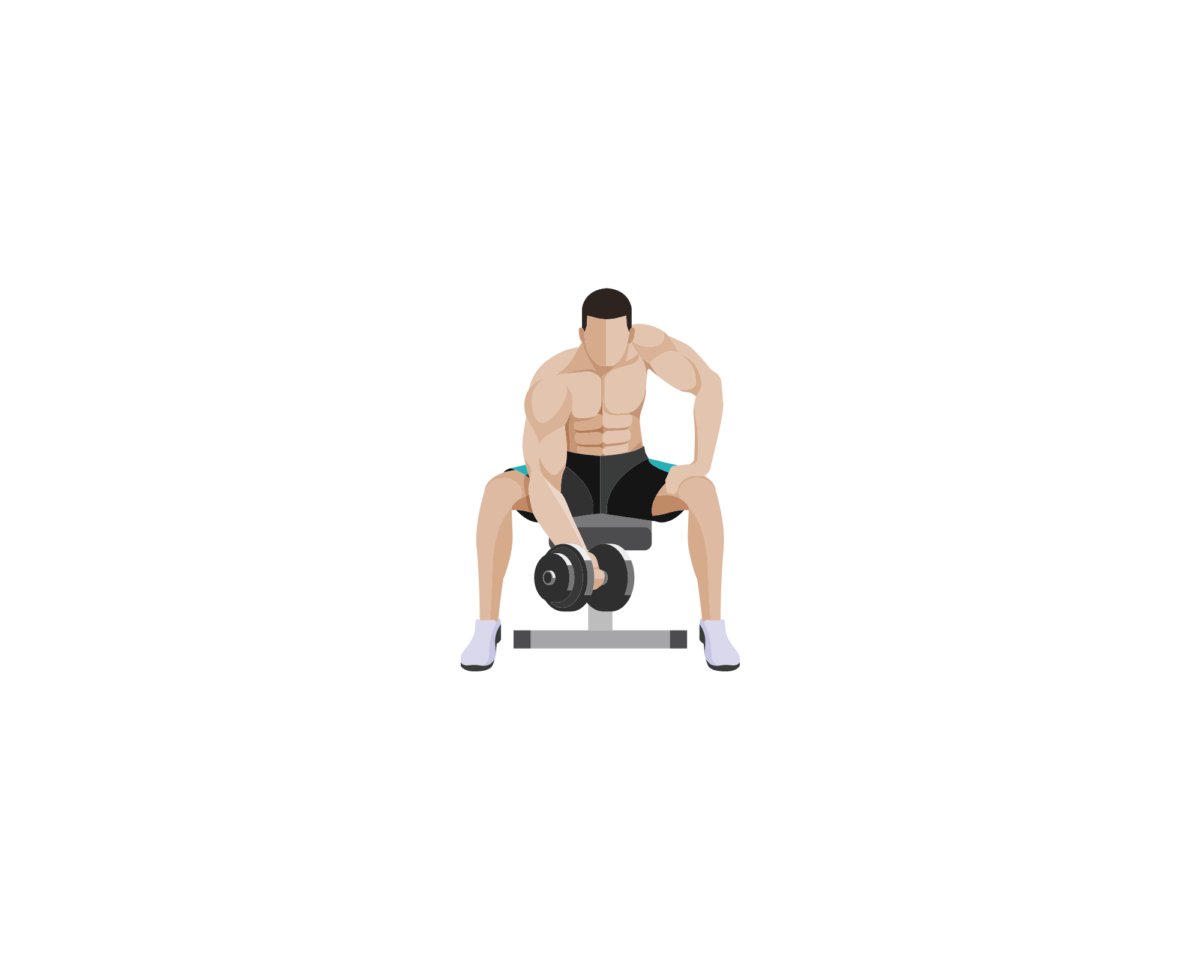Title: The Role of Rest and Recovery in Fitness: Why It’s as Important as Your Workouts
Introduction:
In the pursuit of fitness goals, the importance of rest and recovery often takes a backseat to the intensity and frequency of workouts. However, understanding that rest is not a sign of weakness but a crucial component of a well-rounded fitness routine is essential for achieving sustainable results. This article delves into the significance of rest and recovery in the realm of fitness, emphasizing why it deserves as much attention as the actual exercise regimen.
- Muscle Repair and Growth: The physical stress placed on muscles during workouts creates microtears in muscle fibers. These microtears are a natural part of the muscle-building process, and rest days allow the body to repair and rebuild these fibers. Adequate rest ensures that the muscles have the time and resources needed to recover, promoting growth and strength development.
- Injury Prevention: Overtraining without sufficient rest can increase the risk of injuries. Fatigued muscles are more prone to strains, sprains, and other injuries. Continuous stress on the body without adequate recovery time can lead to burnout and overuse injuries. Incorporating rest days into your routine provides a crucial opportunity for the body to heal, reducing the likelihood of overuse injuries and promoting long-term fitness sustainability.
- Central Nervous System Recovery: Intense workouts, especially those involving heavy lifting or high-intensity training, place a significant demand on the central nervous system (CNS). The CNS plays a vital role in coordinating muscle contractions, balance, and overall movement. Regular rest allows the CNS to recover and adapt to the stress imposed during workouts, preventing fatigue and optimizing performance in subsequent sessions.
- Prevention of Mental Fatigue: Rest and recovery are not only essential for physical well-being but also crucial for mental health. Continuous strenuous exercise without breaks can lead to mental fatigue, burnout, and a decline in motivation. Scheduled rest days provide an opportunity to recharge both physically and mentally, ensuring a fresh and focused mindset when returning to workouts.
- Hormonal Balance: Exercise triggers the release of hormones such as cortisol and adrenaline, which are essential for energy production and stress response. However, prolonged and intense exercise can disrupt hormonal balance, leading to negative effects such as increased stress levels and impaired immune function. Sufficient rest helps restore hormonal balance, promoting overall health and well-being.
- Optimal Performance: Contrary to the belief that more workouts equate to better results, it’s the quality of training that matters most. Regular rest enables the body to perform at its peak during workouts. Adequate recovery time ensures that you can give your best effort, maintain proper form, and achieve optimal performance in each session.
- Customizing Rest to Your Body’s Needs: The ideal rest and recovery period can vary from person to person based on factors such as age, fitness level, and the intensity of workouts. Understanding your body’s signals is crucial in customizing a rest plan that suits your individual needs. Listen to signs of fatigue, soreness, and changes in mood, and adjust your rest days accordingly.
- Incorporating Active Recovery: While rest days may involve complete rest, incorporating active recovery can be beneficial. Light activities such as walking, swimming, or yoga on rest days promote blood circulation, reduce muscle stiffness, and contribute to overall flexibility. Active recovery helps maintain a level of physical activity without imposing additional stress on the body.
Conclusion:
In the world of fitness, achieving balance is key to long-term success. Recognizing the role of rest and recovery as integral components of a comprehensive fitness plan is crucial for achieving sustainable results. Whether you’re aiming for muscle growth, injury prevention, mental well-being, or optimal performance, incorporating adequate rest into your routine is a fundamental step towards a healthier and more effective fitness journey. Embrace the concept that rest is not a hindrance but a strategic and necessary element in the pursuit of a well-rounded and sustainable fitness lifestyle.




